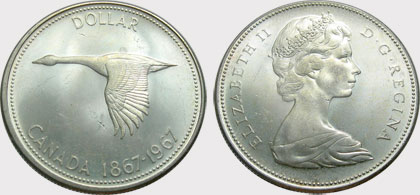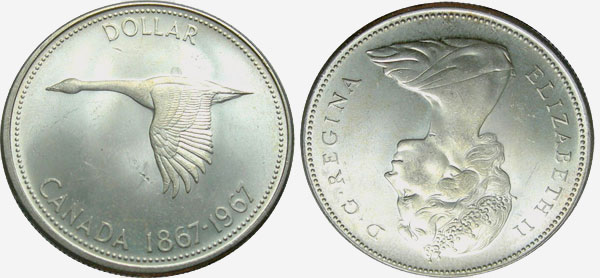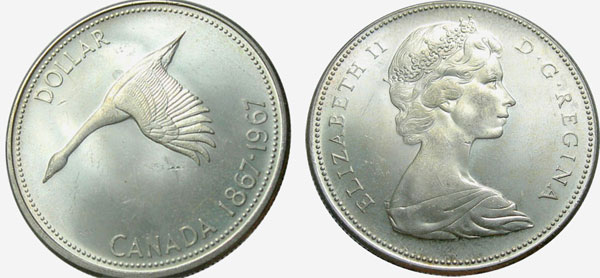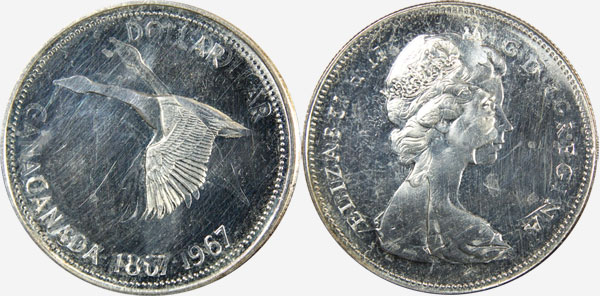What does a swiss landscape has in common with a zodiac sign?
Nothing, indeed, although swiss stamps from 1982 till 1985 show us a set of 12,
sorry 13 (!) stamps with zodiac signs.
Let's start with the first issue of 1982:
 |
| set of 1982 |
The zodiac sign in the corner of the stamp has nothing to do with the actual image on the stamp.
Depicted are views of cities of landscapes in Switzerland.
1,00 CHF : view on the old city of Bern - Aquarius
1,10 CHF : city of Nax, near Sion - Pisces
1,20 CHF : Graustok - Aries
1,50 CHF : Cathedral of Basel - Taurus
1,60 CHF : Schönengrund in Appenzell - Gemini
A year later, a second set was issued, this time with 3 stamps
 |
| set of 1983 |
In this second set, we find:
1.70 CHF : Mount Wetterhorn - Cancer
1,80 CHF : Canyons of l'Areuse - Leo
2,00 CHF : Aletsch Glacier - Virgo
the 2 CHF stamp is the special one ...
Swis stamps are know for their good quality, but in this case, the designer, or at least the one who was responsible for the layout of the stamp, must have had too much Appenzeller liquor, or Fendant wine, as the image on the stamp is mirrored compared to reality...
 |
| Aletsch Glacier |
 |
| issued stamp |
 |
| stamp as how it should have been ... |
The 'wrong' stamp was not redrawn, but replaced by another view in 1984
 |
| new stamp 'Virgo' |
The 1984 issue of the Virgo stamp, shows us 'Lac Noir / Schwarzsee' near Zermatt.
Finally two sets of each 2 stamps were issued in 1984 and 1985:
 |
| 1984 set |
4,00 CHF : view on the Glarus Alps (central Switzerland) - Saggitarius
4,50 CHF : village Scuol-Schuls - Capricorn
2,50 CHF : view on Fechy - Libra
3,00 CHF : view on Corippo - Scorpio
 |
| 1985 set |
Again, the views on the cities, and the zodiac signs have nothing in common, this happens often in countries like Equatorial Guinea, Togo, Mozambique ... where we see logos of WWF, Rotary or scouting on hundreds of stamps. A bad way to make collectors buy stamps that are 99% off topic, but that appear in 'specialised' catalogues on WWF or scouting for example.
Not the bes issue of the Swiss, but at least again something to write about.






























